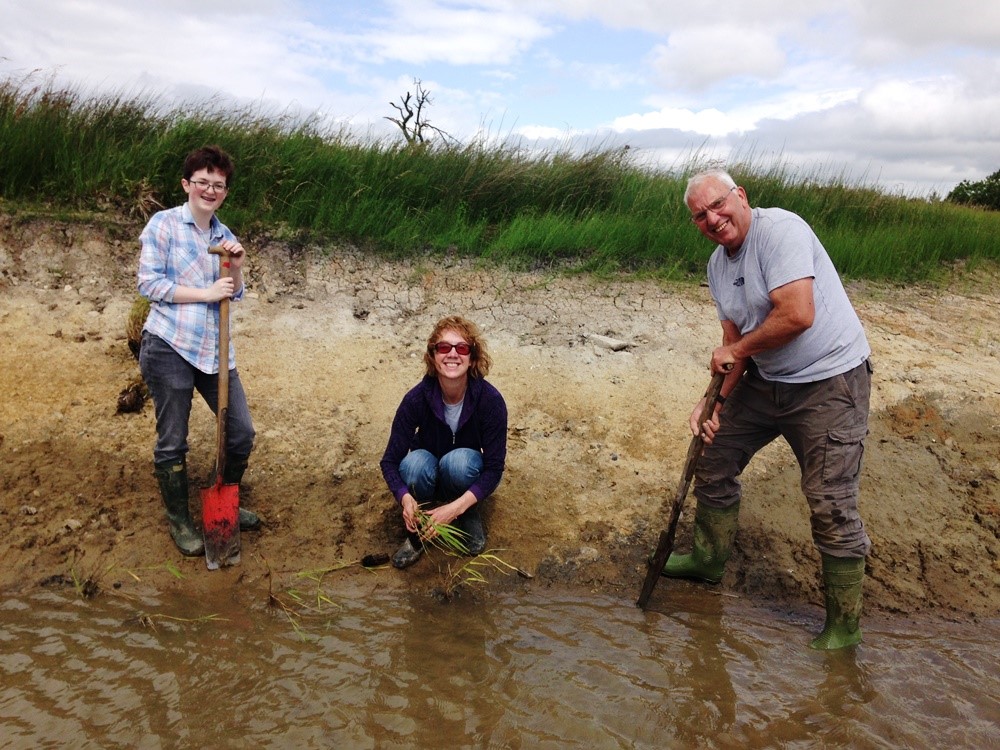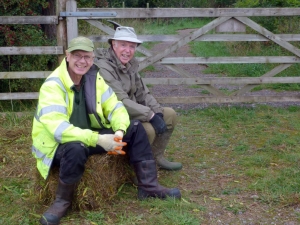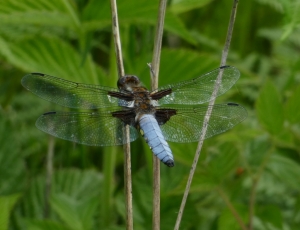Moth Trapping
Monday, June 22nd 2020
The summer is best time of year to trap and study moths. Last week, the Robinson trap was put out in the back garden on a warm, balmy night and the results were rewarding. In total over 60 moths of 27 species were caught and identified. A highlight was 6 Elephant Hawk Moths. These large moths are unmistakable with pink and olive-green forewings and pink and black hindwings. Until recently, this species had only one flight generation between May and early August, but smaller numbers of fresh adults are now reported annually later in the summer, north at least to Lancashire.
Peach Blossom is also unmistakable, with pink and brown petal-like markings on the forewing. These hide in ground cover by day, becoming active from dusk, when they are attracted to sugar and wine ropes. The team were lucky as although it is attracted to light, it often fails to fall into the trap, instead fluttering around in short, hopping flights. Only one was caught!
Blood-vein is fairly frequent in Yorkshire, where it has recently increased and expanded locally into Cumbria and Northumberland. It prefers a damp habitat which perhaps explains why it is found at Foxglove Covert!
The larval foodplant of the Lesser Swallow Prominent is Silver Birch and Downy Birch which are both abundant at the reserve. This moth has a silvery-white forewing that is strongly tapered, with bold black and brown markings along the edges. It is both resident and common.
The Pale Tussock moth rests with its forelegs outstretched. The larval foodplants include Hawthorn, Blackthorn, Crab Apple, oaks, birches, Hazel and elms, all of which thrive on the reserve.
Another common but beautiful moth is Buff Ermine. The number and size of black spots on the forewing varies between individuals. This species comes regularly to light and sometimes in large numbers.
The usual form of the Peppered moth is white, peppered with black on its wings and body. A darker form was frequent in industrial areas in the past but is now in decline (this correlates with levels of atmospheric pollution). A rare aberration with a black forewing and a white hindwing has been recorded.
Pale-shouldered Brocade is a little more tricky to identify as there are other similar species. However, it is usually distinguishable from other members of the group by its broader forewing, with a more curved leading edge.
Thank you to Chris for identifying the moths and for providing the photographs for this blog post. Information was taken from the 'Field Guide to the Moths of Great Britain and Ireland' by Paul Waring and Martin Townsend. Copies of this book are currently available to purchase from the Field Centre at a reduced price.
(0) Comments:
There are no comments for this blog post yet. Why not start the discussion? - use the form below:












